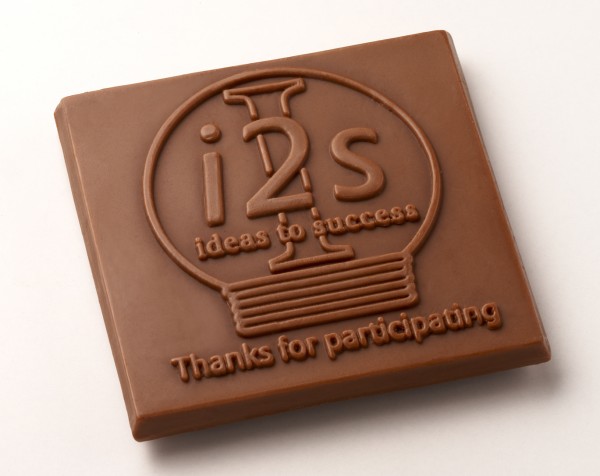Customer loyalty is important for the long-term success of a company. If the change rates remain high and the number of regular customers low, it is usually an indication that something is going wrong in customer management. A piece of chocolate as a customer gift can work wonders.
According to a study by Capgemini, approximately 48% of companies focus on customer retention, 33% on new customer acquisition and 19% on customer recovery. The figures are not surprising, as the acquisition of new customers usually costs five times as much as the costs incurred to retain existing customers.
The most common method for sustainable customer loyalty was and still is the customer card. Large companies have shown the way (Miles&More, Payback, etc.) and there is a collection of such cards in almost every pocket. Due to a certain flooding of such customer cards, only those copies in the wallet still have room that provide the customer with concrete added value. The fact that for most companies the topic "customer card" is no longer relevant shows the attitude of HappyDigits a few months ago.
Customer loyalty is more than a customer card to distribute
However, customer loyalty should not only be characterized by a customer card and somewhat better conditions. Another approach could be to surprise individual customers again and again with positive news. The spectrum for this is broad: It can be new products or relevant news that the customer can use in everyday life and it can be the simple interest for the needs of the customer. Sometimes it is sufficient to ask for customer satisfaction after a delivery. The more targeted and individual the response to the customer's wishes is, the more emotional and strong the relationship becomes. However, customer loyalty does not end with a certain measure. It's more of a long-term strategy. Because trust can only be built over a longer period of time.
Parallel to direct contact, a certain image building in the respective media, which is of relevance for the customers, should also be placed. This gives the customer further feedback that his supplier knows his market and is not neglecting it.

